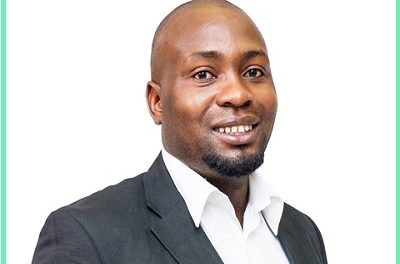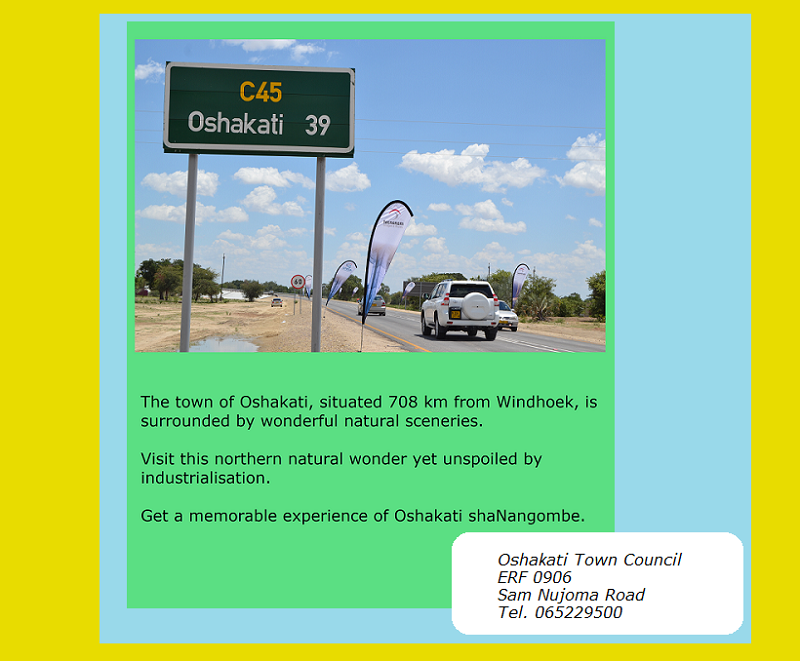The Art of the Comeback: Leadership Lessons from Singapore
By Mufaro Nesongano /
Something that has always amazed me is the remarkable comeback after a setback. As human beings, we tend to celebrate success stories more, for few people wish to be associated with failure.
Yet those who have experienced moments of loss and disappointment know that the greatest growth often comes from the hardest seasons of life.
Recently, I watched a documentary exploring what made Singapore the great nation it is today. It served as a powerful reminder that real progress is often born from adversity and thoughtful leadership.
At independence in 1965, Singapore had very limited natural resources, deep social divisions and very little land. Its income per capita at the time was around 500 United States dollars.
Many thought it would fail. Yet its leaders chose to see possibility where others saw limitation. They made a deliberate decision to build a nation on integrity, efficiency and a long-term vision.
They planned not just for their time, but for generations to come.
What stood out for me was how Singapore’s leadership transformed its limitations into opportunities for progress. The very challenges that could have held the nation back became catalysts for innovation.
By investing in education, housing and infrastructure, Singapore built an economy driven by human talent, creativity and purpose.
According to the World Bank, by 2024, Singapore’s income per capita had risen to well over 66,000 United States dollars, placing it among the highest-earning nations globally.
It showed that true development is not defined by what a nation possesses, but by the vision and determination with which it uses what it has.
The other defining element was the discipline of governance. Singapore’s leaders built institutions anchored on merit, trust and accountability. They worked to restore confidence and ensure that public service was guided by values rather than convenience.
That integrity became the backbone of their national transformation.
As I watched the documentary, I could not help but think about Namibia and the leadership lessons we could draw from Singapore’s journey. Like Singapore, Namibia has faced its own share of challenges.
According to the International Monetary Fund, in 2024, the average income per capita in Namibia was about 4,472 United States dollars, which highlights both the scale of the challenge and the opportunity for growth.
Yet we also stand at a point in our national story where renewal is possible. We have the opportunity to rebuild trust, strengthen our systems and reimagine our future.
Namibia’s comeback will be shaped by steady progress and collective effort. Each small and consistent action taken in the right direction builds trust and moves us closer to the future we envision.
With thoughtful planning, genuine collaboration and a shared sense of purpose, we can turn every challenge into an opportunity for renewal.
Our greatest strength lies in our people, whose creativity, resilience and spirit continue to form the foundation of every success story our nation writes. To do so, we must first accept that setbacks are not the end. They are invitations to begin again, but with more wisdom and humility.
Whether as leaders, institutions or a country, the ability to come back stronger lies in our willingness to confront the truth, take responsibility and chart a new course.
True leadership after a setback is not about reclaiming a title or restoring an image. It is about rediscovering purpose. It is about the quiet courage to begin again, to inspire others to believe again and to create something better than what was lost.
The story of Singapore is proof that no nation or individual is ever too far gone to rise again.
What matters is the vision to see beyond the present, the discipline to act with integrity, and the determination to keep moving forward when others have stopped believing.
– Mufaro Nesongano holds a Master’s in Journalism and Media Technology and is certified in Executive and Management Coaching, Digital Transformation Strategy, and Brand Management. With over two decades of experience as a communications strategist, he reflects on resilience, storytelling, and building organisations with purpose. The views expressed are his own. For further engagement, connect with him on LinkedIn.









